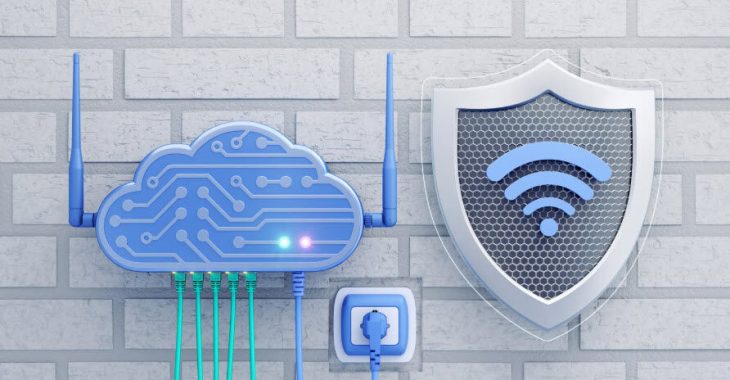
Organizations worldwide are set to spend $212 billion on cybersecurity in 2025, a 15.1% increase from the previous year, according to Gartner. But while businesses continue to pour resources into advanced tools and systems, cybercriminals are targeting something technology alone can’t fix: the human element.
In fact, 68% of breaches in 2024 involved the human element, according to Verizon’s Data Breach Investigations Report (DBIR). From clicking on phishing emails to mismanaging passwords, even a single mistake can render the most advanced security measures ineffective. With cyber threats evolving daily, how can businesses turn their weakest link into their strongest defense?
Why the Human Element Remains a Cybersecurity Challenge
Even with significant strides in technology, people remain susceptible to tactics like phishing and social engineering. Attackers exploit trust, curiosity, and human error to bypass sophisticated defenses.
Consider the 2023 ransomware attack on MGM Resorts, where a simple social engineering trick fooled a help desk worker into resetting a password. Once inside, attackers unleashed a chain reaction that compromised critical systems.
Weak passwords, accidental data leaks, and a lack of cybersecurity awareness are additional vulnerabilities. Alarmingly, attackers often don’t need to “hack” into a system—they simply use stolen or weak credentials to log in. Yet, many organizations focus most of their security budgets on fortifying their network perimeters, leaving human vulnerabilities largely unaddressed.
Three Steps to Strengthen the Human Element
Securing your organization isn’t just about tools and firewalls—it’s about empowering your team. To reduce the risk of human error, focus on these three key strategies:
1. Build a Culture of Security Awareness
Knowledge is your best defense. Equip employees with the tools they need to recognize and respond to threats like phishing, smishing, and ransomware attacks.
- Go beyond annual compliance training; make security education engaging and regular.
- Use simulations like phishing tests, gamified training, or AI-powered tabletop exercises to make lessons stick.
- Keep employees updated on the latest tactics used by attackers through short, recurring training sessions.
2. Implement Strong Identity Management Practices
Managing access to sensitive systems and data is critical. Attackers often target privileged accounts to gain unrestricted access to networks. Best practices include:
- Adopting a Zero Trust security model that continuously verifies user identity and access.
- Implementing multi-factor authentication (MFA) to add an extra layer of security.
- Simplifying password management with Single Sign-On (SSO) to reduce weak or reused passwords.
- Conducting regular audits of user accounts and locking accounts after failed login attempts.
3. Balance Your Cybersecurity Investments
No system is entirely breach-proof, but businesses can reduce the impact of attacks by balancing their resources across prevention, preparation, and recovery.
- Invest in resilience to ensure your organization can recover quickly after an incident.
- Shift some budget from perimeter defenses to internal measures like user training and access management.
- Follow guidance from frameworks like Gartner’s “Embrace the Breach,” which focuses on building adaptability into your security strategy.
Building a Stronger, Safer Future
Cybercriminals will always look for weak points, but your employees don’t have to be one of them. With proper training, robust identity management, and a balanced cybersecurity strategy, you can transform the human element from a vulnerability into a valuable layer of defense.
At Cyber Safe Business, we specialize in helping organizations secure their systems and empower their teams.
📞 Contact us today to schedule a consultation and start building a security-first culture within your organization.